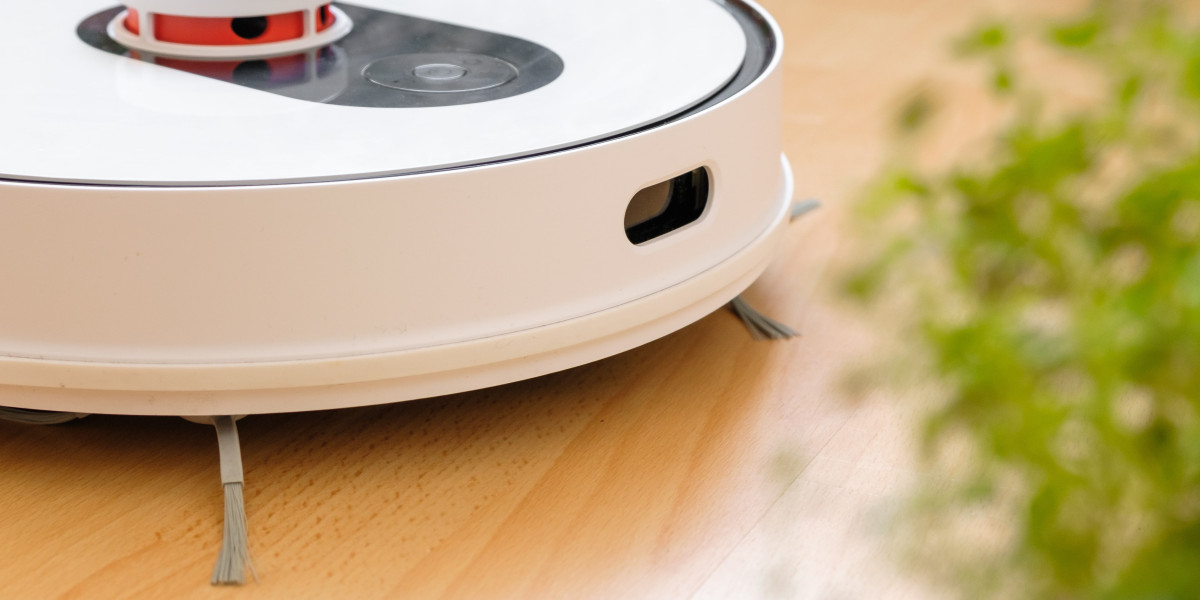The Shift Toward Sustainable Pest Management
Modern homeowners are increasingly seeking pest control solutions that are both effective and environmentally responsible. Traditional chemical-heavy methods may solve the immediate problem but can harm the ecosystem, pets, and even human health. This shift in awareness has paved the way for eco-conscious alternatives. Companies like Acme pest solutions are leading the movement by offering treatments that minimize environmental impact while delivering lasting results.
Understanding Eco-Friendly Pest Control
What Makes a Method “Eco-Friendly”?
Eco-friendly pest control focuses on eliminating or preventing infestations without relying on harsh synthetic chemicals. Instead, it uses natural, low-toxicity substances and strategies that target pests while preserving beneficial insects and surrounding habitats.
The Benefits Beyond Pest Removal
These methods not only control pests but also improve indoor air quality, reduce chemical exposure, and promote long-term ecological balance. They’re especially valuable for households with children, pets, or members with allergies.
Preventive Measures: The First Step in Green Pest Control
Sealing and Repairing Entry Points
Prevention remains the most sustainable approach to pest management. Ensuring cracks, gaps, and broken screens are repaired reduces the need for any form of treatment later.
Environmental Adjustments
Maintaining clean storage areas, reducing clutter, and managing moisture levels help make your home less inviting to pests. Simple adjustments can drastically lower pest activity without any chemical use.
Natural and Non-Toxic Treatment Options
Plant-Based Repellents
Many pests are repelled by the scents of certain plants and essential oils. Peppermint, eucalyptus, and citronella oils are known for deterring insects while being safe for indoor use.
Biological Control Methods
This involves introducing natural predators to control pest populations. Ladybugs, for instance, are effective in controlling aphids in gardens.
Heat and Cold Treatments
For certain infestations, controlled temperature extremes can eliminate pests without any chemicals. These methods are particularly useful for bed bugs and stored product pests.
The Role of Professional Green Pest Services
Expertise and Safe Application
While many eco-friendly solutions are DIY-friendly, some infestations require expert handling. Professional technicians know how to apply natural products effectively and in the right dosage for optimal results.
Tailored Solutions for Local Conditions
Regional climates and pest types affect the choice of treatment. Services like pest control Mississauga design strategies based on the specific pests in the area and their seasonal activity patterns.
Addressing Common Pest Issues Sustainably
Ants and Crawling Insects
For ants, non-toxic baits and natural deterrents can be strategically placed along trails. Boric acid in low concentrations is effective yet safe for targeted use.
Rodent Control
Rodent prevention can focus on habitat modification, sealing entry points, and using humane traps. This eliminates the need for harmful poisons that can affect other wildlife.
Mosquito Management
Eliminating stagnant water sources and introducing natural predators like dragonflies are eco-friendly ways to manage mosquito populations in outdoor spaces.
Long-Term Advantages of Eco-Friendly Pest Control
Health Protection for Families and Pets
Reducing chemical exposure means a healthier home environment. Eco-friendly pest control significantly lowers the risk of respiratory irritation, skin reactions, and other health concerns.
Sustainability and Biodiversity
By targeting only harmful pests and avoiding broad-spectrum chemicals, these methods help preserve beneficial species like bees, butterflies, and earthworms.
Lower Resistance Development in Pests
Overuse of conventional pesticides can lead to resistance in pest populations. Eco-friendly approaches reduce this risk, ensuring continued effectiveness over time.
Overcoming Myths About Green Pest Control
“It’s Not as Effective”
Modern eco-friendly methods are as capable as traditional options when applied correctly. Advances in natural product formulations have improved their efficiency significantly.
“It’s Too Expensive”
While initial costs may be slightly higher in some cases, preventive and sustainable strategies often reduce the need for repeated treatments, making them cost-effective in the long run.
Building a Sustainable Pest Prevention Plan
Consistent Monitoring
Regular inspections help catch potential issues early. The sooner a problem is identified, the less intervention is required.
Seasonal Adaptations
Adjusting prevention techniques to match seasonal pest behavior ensures consistent protection without resorting to harsh chemicals.
Combining Methods for Maximum Impact
Eco-friendly pest control often works best when preventive measures, natural treatments, and professional services are combined for a layered defense.
Conclusion
Eco-friendly pest control is no longer a niche choice but a necessary step toward healthier living and environmental responsibility. By adopting sustainable practices, homeowners can protect their properties while preserving the balance of nature. Working with skilled professionals ensures your efforts are effective, long-lasting, and safe for everyone in your household.



